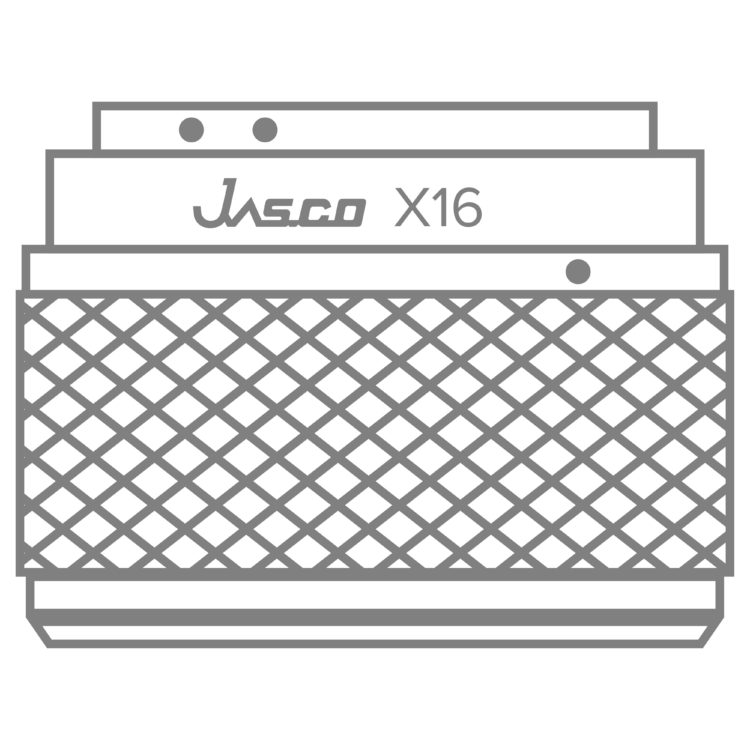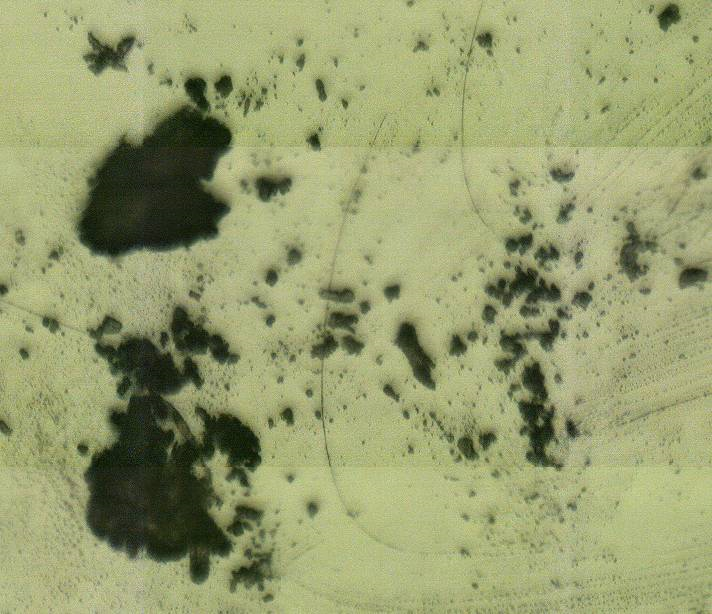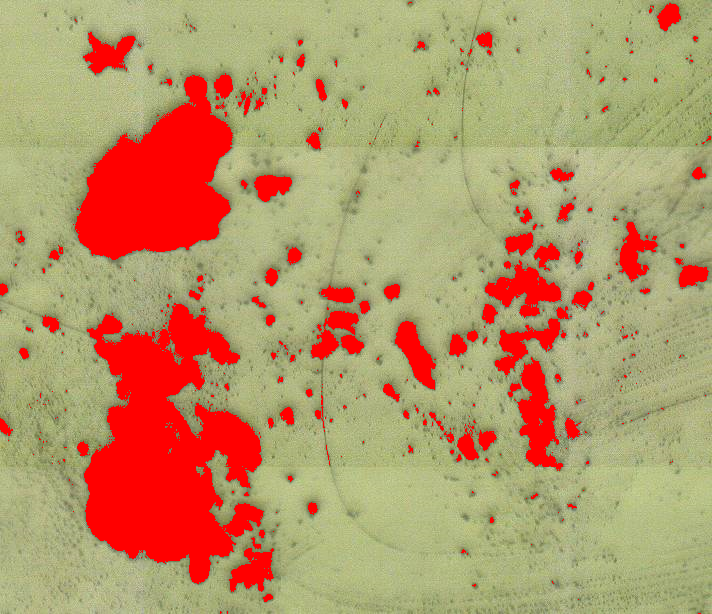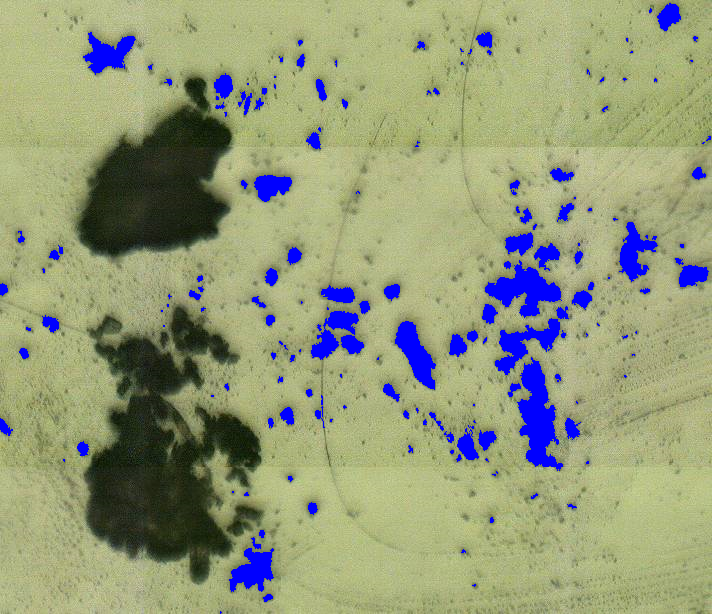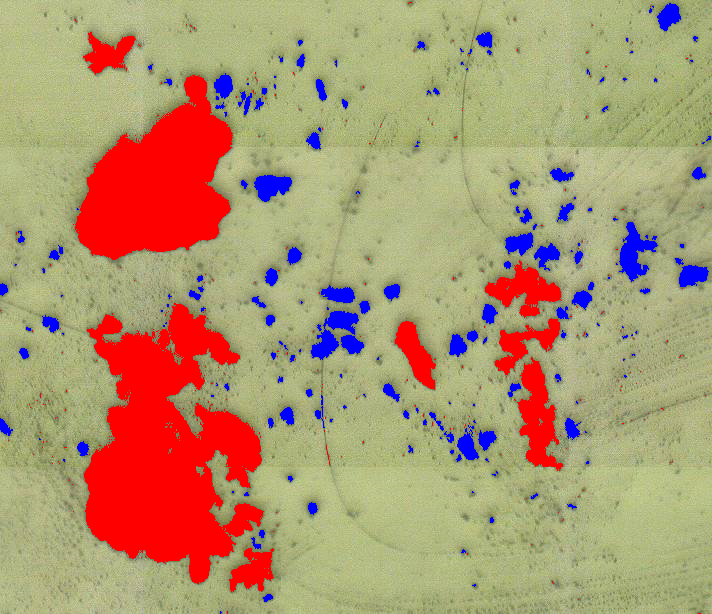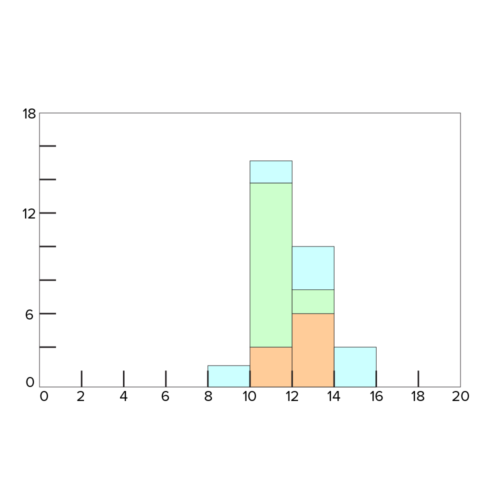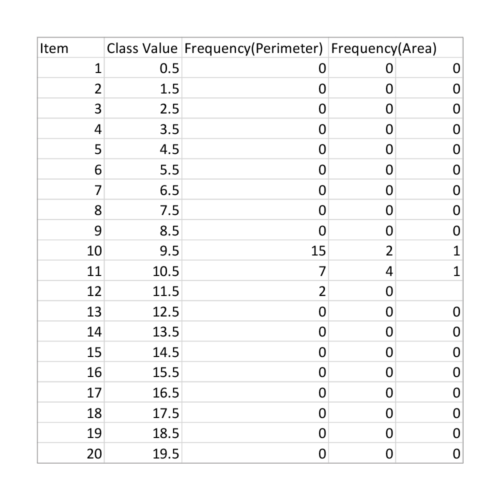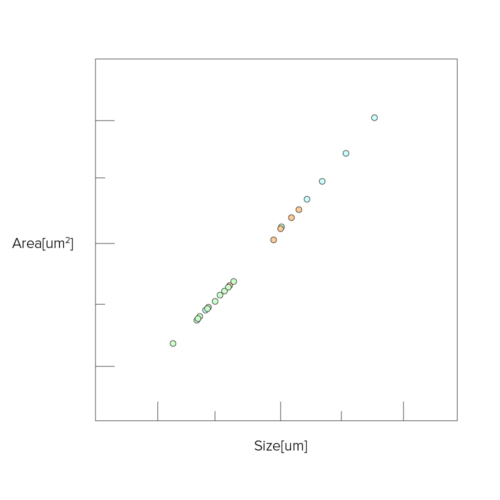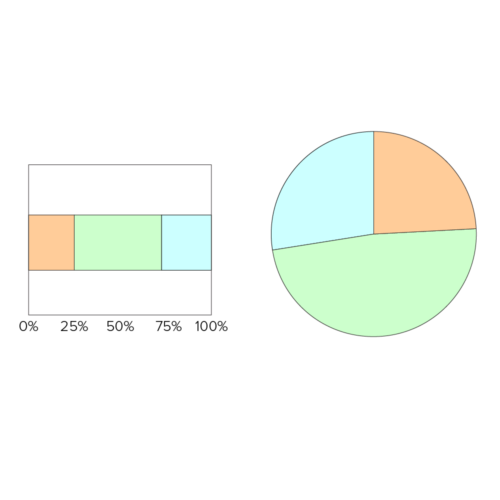JASCO Particle Analysis
JASCO Particle Analysis (JPA) is an optional program for the Micro Imaging Analysis application that can perform particle analysis with statistical processing. This program allows the user to evaluate the variation in particle size and shape, etc. The particle size distribution can be displayed as a histogram together with sample shape information from the observed image, combined with the chemical images. This method is particularly useful for the analysis of a variety of different materials such as microplastics, foods, pharmaceuticals, and resins.


